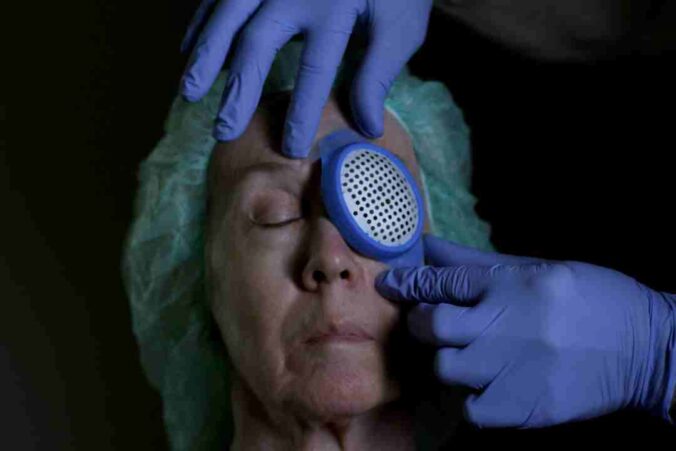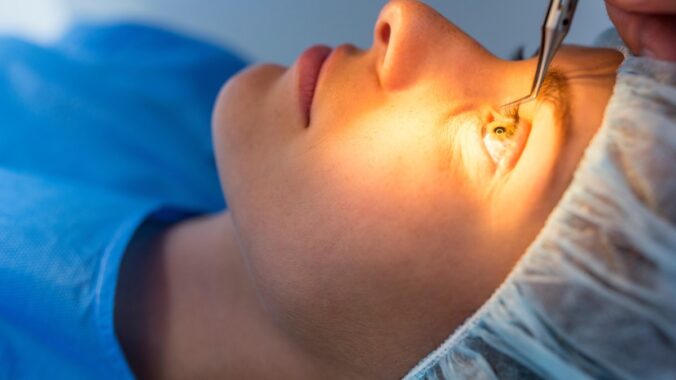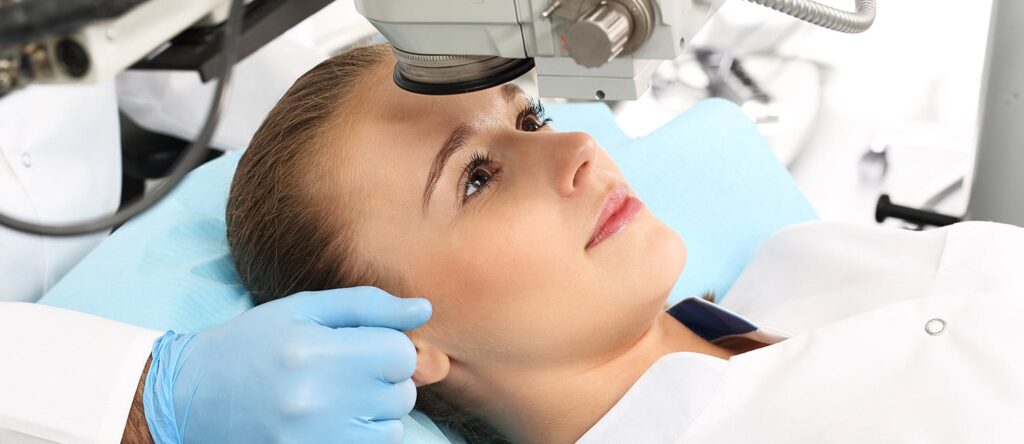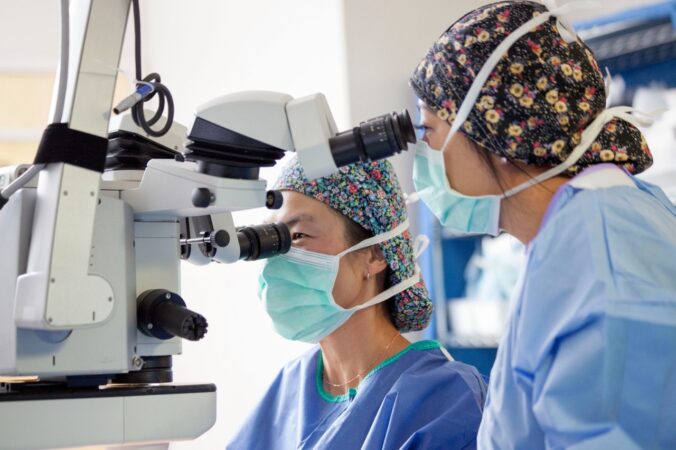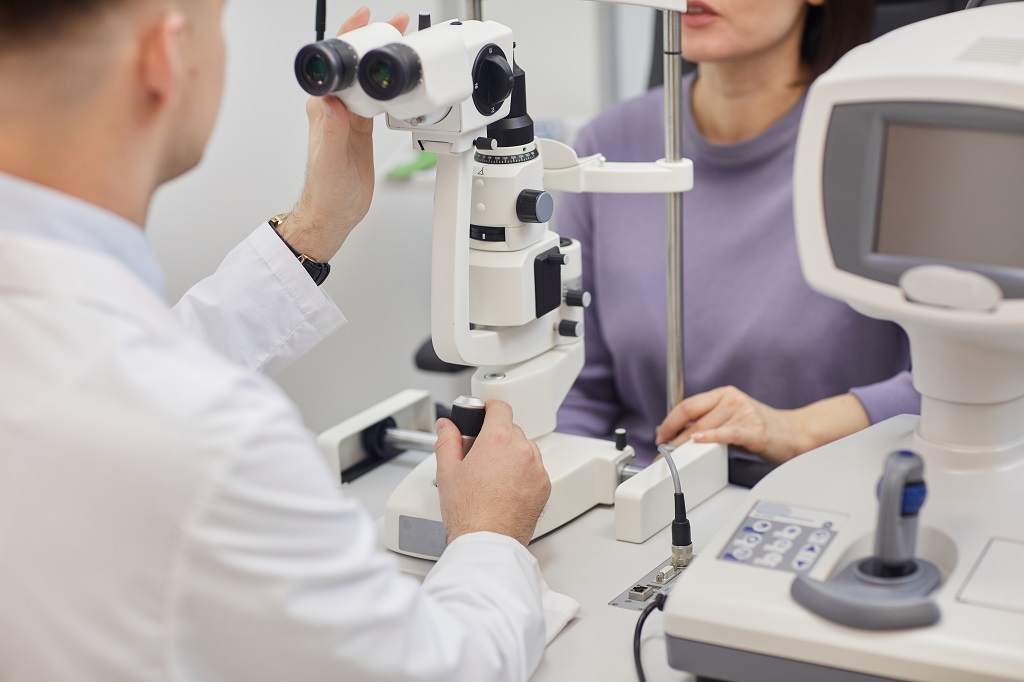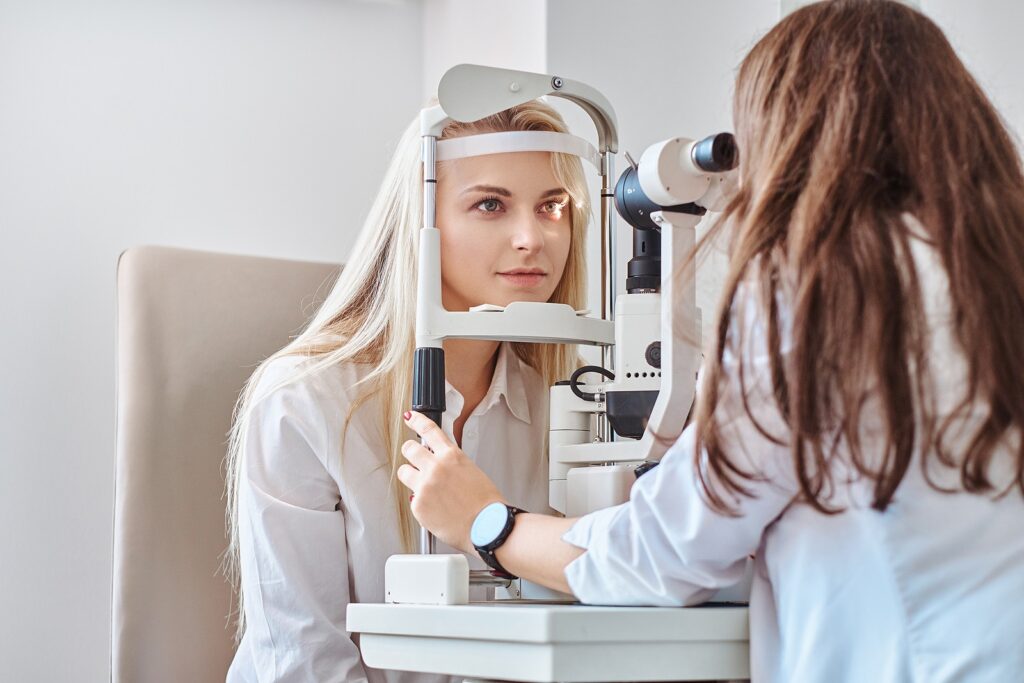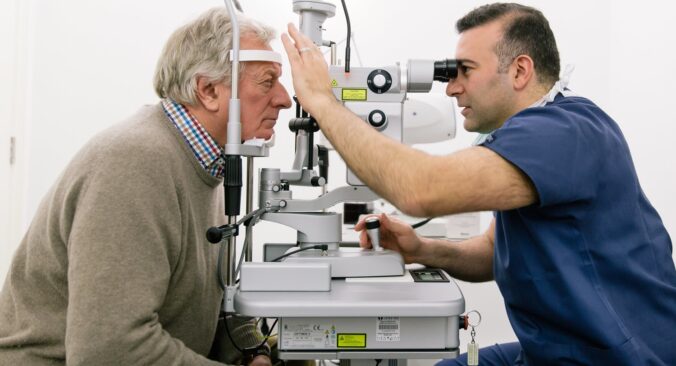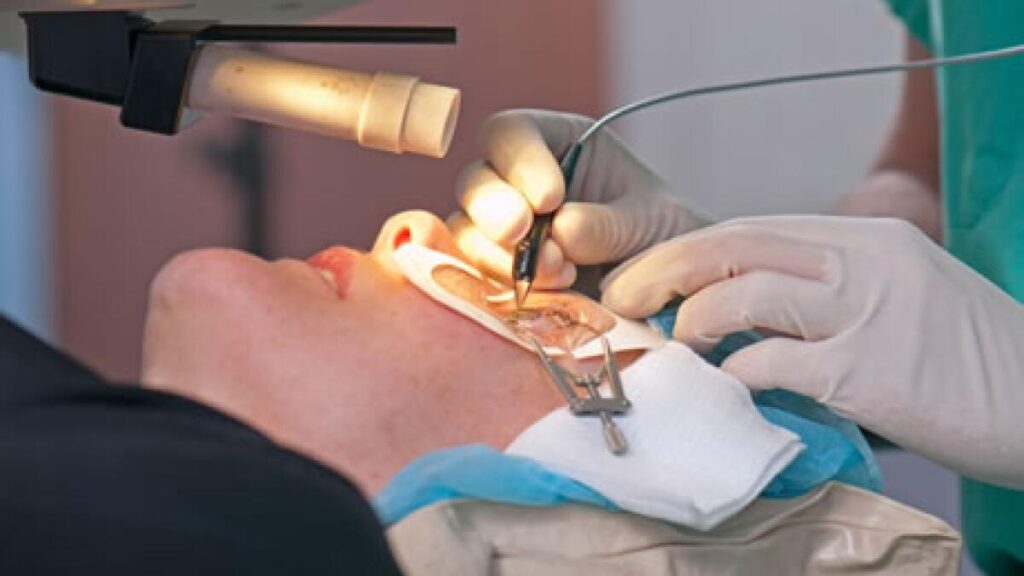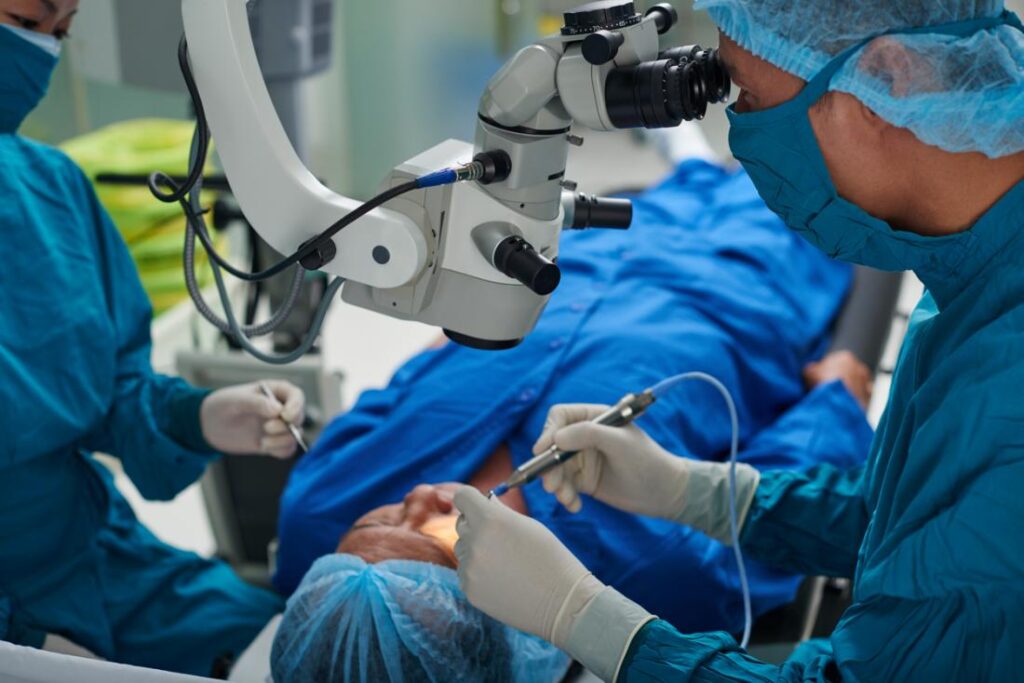Advancements in medical technology have revolutionized the field of eye surgery, particularly with the introduction of advanced laser technologies. Laser eye surgery, also known as refractive surgery, has gained popularity in recent years due to its remarkable precision and effectiveness in correcting vision problems. In this article, we will explore the basics of laser eye surgery, the different types of advanced laser technologies in use today, the benefits they offer, potential risks and complications, and the exciting future of laser technologies in ophthalmology.
Understanding the Basics of Laser and LASIK Eye Surgery
Before delving into the advanced laser technologies used in LASIK eye surgery, it’s important to grasp the fundamental principles behind this groundbreaking procedure. Laser eye surgery is a minimally invasive procedure that aims to correct refractive errors such as nearsightedness, farsightedness, and astigmatism. By reshaping the cornea, the clear front surface of the eye, laser eye surgery can enhance visual acuity and reduce dependency on corrective eyewear.
Historically, laser eye surgery has evolved significantly since its inception, marked by the development of sophisticated laser technologies and the refinement of surgical techniques.
The Evolution of Laser Eye Surgery
The journey of laser eye surgery began with the development of the excimer laser in the 1970s. This groundbreaking invention allowed for precise tissue removal without generating heat, making it suitable for delicate eye surgeries. In the early years, photorefractive keratectomy (PRK) was the primary laser eye surgery technique used.
However, the advent of the microkeratome and the subsequent introduction of LASIK (Laser-Assisted In Situ Keratomileusis) in the 1990s revolutionized the field. LASIK quickly became the preferred laser eye surgery technique due to its quicker healing time and reduced post-operative discomfort.
The introduction of LASIK brought about a new era in laser eye surgery. The procedure involves creating a thin flap on the cornea using a microkeratome or a femtosecond laser. This flap is then lifted, and the underlying corneal tissue is reshaped using the excimer laser. The flap is then repositioned, acting as a natural bandage that promotes faster healing.
Over time, LASIK techniques have continued to advance, with the introduction of wavefront-guided LASIK and bladeless LASIK. These technologies further enhance the precision and accuracy of the procedure, allowing for customized treatment based on the unique characteristics of each patient’s eye.

The Science Behind Laser Eye Surgery
When it comes to laser eye surgery, understanding the underlying science is crucial. During the procedure, the surgeon utilizes an excimer laser to gently reshape the cornea by removing microscopic layers of tissue. This precise reshaping allows light to properly focus on the retina, resulting in improved vision.
One of the remarkable aspects of laser eye surgery is its ability to correct different refractive errors. In cases of nearsightedness, the cornea is flattened to reduce the excessive curvature, enabling distant objects to come into focus. On the other hand, for individuals with farsightedness, the cornea is steepened to enhance the focus on nearby objects. Astigmatism, which involves an irregularly shaped cornea, can also be corrected by selectively reshaping different regions of the cornea.
Advancements in laser technology have also led to the development of other laser eye surgery techniques, such as PRK, LASEK (Laser-Assisted Sub-Epithelial Keratectomy), and SMILE (Small Incision Lenticule Extraction). These procedures offer alternatives to LASIK and are suitable for individuals with specific eye conditions or thinner corneas.
It’s important to note that laser eye surgery is not suitable for everyone. A thorough evaluation by an experienced ophthalmologist is necessary to determine candidacy for the procedure. Factors such as age, overall eye health, and stability of the refractive error are taken into consideration during the assessment process.
In conclusion, laser eye surgery has come a long way since its early days. With advancements in laser technology and surgical techniques, it has become a safe and effective option for individuals seeking to correct their vision. Understanding the basics and the science behind laser eye surgery can help individuals make informed decisions about their eye health and explore the possibilities of a life without glasses or contact lenses. By clicking here you can read about Understanding the Causes, Symptoms, and treatment of Dry Eyes after Cataract Surgery.
Different Types of Advanced Laser Technologies
As technology continues to advance, eye surgeons now have access to various advanced laser technologies that enhance the precision and safety of eye surgery. Let’s explore two prominent examples: femtosecond lasers and excimer lasers.
Femtosecond Lasers in Eye Surgery
Femtosecond lasers have revolutionized the process of creating corneal flaps in LASIK surgery. These lasers emit ultra-short pulses of light, each lasting only a femtosecond (one quadrillionth of a second). By precisely targeting the corneal tissue, femtosecond lasers create corneal flaps with unparalleled accuracy, minimizing the risk of complications and improving visual outcomes.
Furthermore, femtosecond lasers have expanded the range of candidates eligible for LASIK surgery. Patients with thinner corneas or irregular corneal shapes can now undergo laser eye surgery safely and effectively.
In addition to their role in LASIK surgery, femtosecond lasers have found applications in other ophthalmic procedures. For instance, they are used in the creation of corneal pockets for the implantation of intracorneal ring segments, a technique used to correct keratoconus, a progressive eye condition characterized by thinning and bulging of the cornea.
Moreover, femtosecond lasers have been utilized in cataract surgery to create precise incisions and fragment the cloudy lens, facilitating its removal. This technology has improved the safety and predictability of cataract surgery, leading to faster recovery times and better visual outcomes for patients.
Excimer Lasers: A Detailed Overview
Excimer lasers remain a pivotal tool in laser eye surgery owing to their unique properties. These lasers emit ultraviolet light, which allows them to precisely remove corneal tissue without generating any heat or thermal damage. The ability to perform highly controlled tissue ablation has made excimer lasers indispensable in reshaping the cornea during LASIK and other refractive surgeries.
Over the years, excimer lasers have undergone significant advancements, resulting in improved efficiency, accuracy, and safety. Customized wavefront-guided treatments, made possible by excimer lasers, have led to better visual outcomes and reduced chances of experiencing side effects such as halos and glare.
Besides their role in vision correction procedures, excimer lasers have found applications in other areas of ophthalmology. For example, they are used in photorefractive keratectomy (PRK), a laser eye surgery technique that reshapes the cornea to correct refractive errors. Excimer lasers are also employed in the treatment of corneal scars, where they help remove the scar tissue and promote corneal healing.
Furthermore, excimer lasers have been utilized in the field of ophthalmic research. Scientists and researchers use these lasers to study the effects of laser ablation on corneal tissue and to develop new treatment modalities for various eye conditions.
In conclusion, femtosecond and excimer lasers have revolutionized the field of eye surgery, providing surgeons with advanced tools to achieve precise and safe outcomes. These technologies continue to evolve, pushing the boundaries of what is possible in vision correction and other ophthalmic procedures.
Benefits of Advanced Laser Technologies in Eye Surgery
The utilization of advanced laser technologies in eye surgery offers numerous benefits that make it an attractive option for individuals seeking vision correction. Let’s explore some of the key advantages:
Precision and Accuracy in Surgical Procedures
Advanced laser technologies enable eye surgeons to perform highly precise and accurate procedures. With the ability to precisely remove tissue at a microscopic level, surgeons can reshape the cornea with exceptional accuracy, resulting in improved visual outcomes.
This level of precision has significantly reduced the dependence on glasses or contact lenses for many patients, allowing them to experience the freedom of clear vision without the constraints of corrective eyewear.
Furthermore, the precision and accuracy offered by advanced laser technologies in eye surgery have revolutionized the treatment of various eye conditions. For instance, laser-assisted in situ keratomileusis (LASIK) has become a popular procedure for correcting nearsightedness, farsightedness, and astigmatism. By reshaping the cornea using laser technology, LASIK has helped countless individuals achieve better vision and improved quality of life.
Reduced Recovery Time and Discomfort
Compared to traditional surgical methods, laser eye surgery offers reduced recovery time and discomfort. Thanks to advanced laser technologies, the cornea can heal faster, enabling patients to resume their daily activities more quickly.
Moreover, the minimally invasive nature of laser eye surgery translates into less post-operative pain and discomfort, making it a preferred choice over older techniques that required longer healing periods and involved more invasive procedures.
In addition to faster recovery times, advanced laser technologies have also led to shorter surgical procedures. The precision and efficiency of lasers allow surgeons to complete eye surgeries in a shorter amount of time, minimizing the duration of anesthesia and reducing the overall stress on the patient.
Furthermore, the reduced recovery time and discomfort associated with laser eye surgery have made it a popular choice for individuals with busy lifestyles. Many patients can return to work and other daily activities within a few days, allowing them to quickly resume their normal routines without prolonged downtime.
Overall, the benefits of advanced laser technologies in eye surgery are clear. From improved precision and accuracy to reduced recovery time and discomfort, these advancements have revolutionized the field of vision correction, providing patients with better visual outcomes and an enhanced quality of life.
Potential Risks and Complications
While laser eye surgery is generally safe and effective, it’s essential to acknowledge that all surgical procedures carry some degree of risk. It’s crucial for patients to be aware of the potential risks and complications associated with laser eye surgery. Let’s explore these in more detail:
Understanding the Risks of Laser Eye Surgery
Although rare, complications can occur during or after laser eye surgery. These include dry eyes, night vision problems, halos, glare, corneal ectasia, infection, and undercorrection or overcorrection of vision.
Fortunately, advancements in laser technologies and surgical techniques have significantly reduced the occurrence of these complications. Additionally, thorough preoperative screenings and careful patient selection help mitigate the risks associated with laser eye surgery.
Mitigating Complications in Advanced Laser Procedures
Eye surgeons employ several strategies to mitigate the risks and complications associated with advanced laser procedures. Through meticulous preoperative assessments, surgeons can identify patients who may not be suitable candidates for laser eye surgery. By carefully evaluating factors such as corneal thickness, pupil size, and overall eye health, surgeons can ensure optimal surgical outcomes.
Moreover, advancements in diagnostic technologies, such as optical coherence tomography (OCT), allow surgeons to precisely analyze microscopic structures within the eye, enabling more accurate surgical planning and positive patient outcomes.
The Future of Laser Technologies in Ophthalmology
The field of ophthalmology is constantly evolving, and laser technologies are at the forefront of this transformation. In the years to come, we can expect continued advancements and exciting developments in laser eye surgery. Here are a few key areas to keep an eye on:
Emerging Trends in Laser Eye Surgery
One of the emerging trends in laser eye surgery is the integration of wavefront-guided technology with femtosecond lasers. This combination allows for highly customized and personalized treatments, further enhancing visual outcomes for patients.
Additionally, procedures such as corneal collagen cross-linking, which strengthens the cornea and helps halt the progression of conditions like keratoconus, will likely become more prevalent in the future.
The Role of AI and Robotics in Future Procedures
The future of laser technologies in ophthalmology is also intertwined with the advancements in artificial intelligence (AI) and robotics. These technologies have the potential to streamline surgical processes, improve accuracy, and optimize patient outcomes.
Robotic-assisted laser eye surgery, for example, could enhance surgical precision by providing surgeons with real-time feedback and automated adjustments. AI algorithms can enable more efficient preoperative planning and postoperative monitoring, leading to even better visual outcomes.
In conclusion, advanced laser technologies have transformed the field of eye surgery, offering patients remarkable precision, faster recovery, and improved visual outcomes. With continued advancements on the horizon, the future of laser technologies in ophthalmology holds exciting possibilities. As technology continues to evolve, patients can look forward to safer, more individualized, and effective laser eye surgery procedures.
